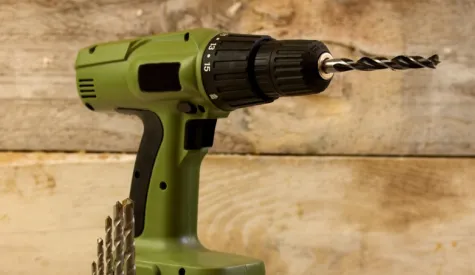Active Shooter Response & Situational Awareness

"Mom, I'm fairly certain we'll be having a lock-down drill today at school." – Kids everywhere right now.
Your student is probably correct.
Today, the horrific event in Las Vegas reminds me of something we can lean into as we pray for the dead, their families, the wounded survivors, and first responders.
What do you do when you're scared?
What do you do when you know that what happened in Vegas, won’t stay in Vegas?
When it can and will happen again, only somewhere else?
What do you say to your kids, your spouse, your coworkers, or your employees?
One thing we can all do: have a plan.
Have a plan for your family, have a plan for work.
‘Emergency action planning’ and ‘situational awareness’ are words and concepts you can actually apply—these are ideas to carry with you wherever you go.
Emergency action planning at home, work, school, or in public places, helps facilitate ‘life safety’ in the event of an emergency, be it tornado, fire, chemical release, earth quake, violent act, etc.
Emergency action plans may include securing predetermined shelter, identifying primary and secondary gathering places to reunite, and emergency communication.
Other elements of emergency action plans: lock-down procedures, protocol for building evacuation, risk assessments, use of fire extinguishers (and locations of), employee training for CPR and First Aid.
Then, there’s the aftermath to consider: semi-permanent sheltering, food, safe return to work/home, clean up, trauma counseling, etc.
For employers, Emergency Action Plans (EAPs) are written safety programs necessary for compliance with specific federal OSHA standards: see 29 CFR 1910.38(a)
To be effective, all plans require practice, or, at the least, awareness.
An important part of emergency preparedness is situational awareness, a sense of place—this is a skill that you can develop.
Whenever you are in a place where people gather, familiarize yourself with the lay of the land and work to know your surroundings.
You can practice identifying two exits out of any environment. Pay special attention finding alternative exits, different from your point of entry, and notice exits signs, location of stairwells.
Remind yourself and your kids that it is okay to use marked, alarmed exit doors that say, "alarm will sound."
So how does this work in real life?
When my kid and I are in a public place like church, or a mall, I ask him to show me two exits he can see from where he is; depending on where we are, we then determine a gathering place should we be separated.
Recently, we attended a concert with 30,000 other people. First, we found our seats. Then, we identified our two exits. We found the stairwells. We determined our primary meeting place, and then identified an alternative.
There is comfort in preparation.
On this day, with our societal heart broken once again, remember that preparation and planning are things we are responsible for and can take action on, and at home and at work.
Visit ready.gov for more information.
Learn more about active shooter training.


